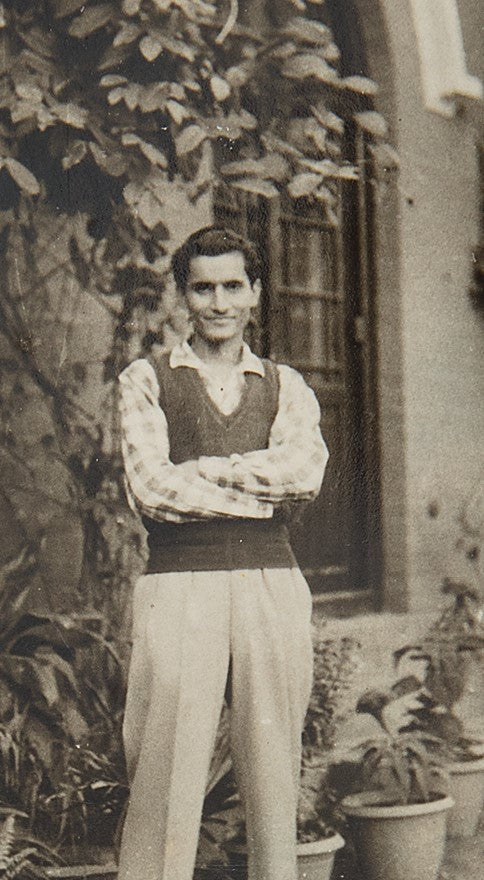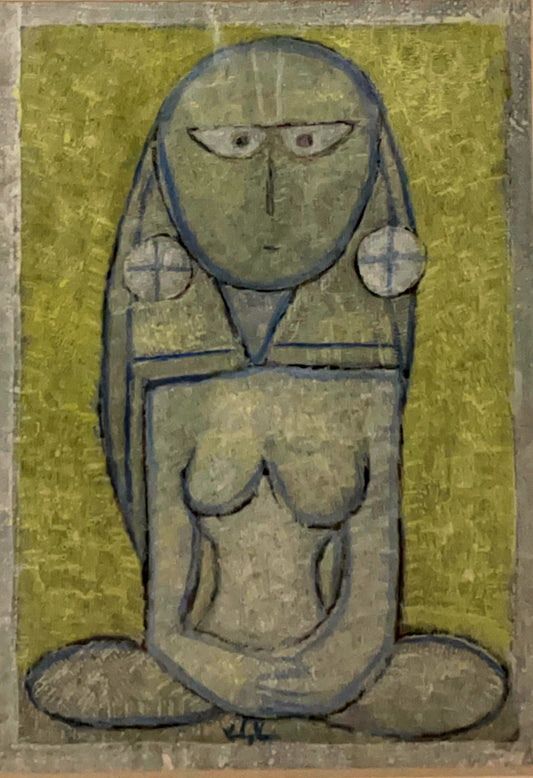
K. S. KULKARNI
Paintings carry an arresting fusion of classical lyricism and bold modernist form, shaped by early adversity and a lifelong engagement with art across geographies and traditions. His visual language, informed by personal experience and a deep awareness of his surroundings, avoids sentimentality or idealism. Village scenes unfold with quiet rhythm and warmth, while urban landscapes emerge through sharp geometries and compressed spatial arrangements, each composed with a clear-eyed honesty that neither romanticizes nor condemns.
Kulkarni began painting signboards at the age of eleven, forced by necessity after the death of his father. These early years of hardship shaped a strong visual instinct that matured into a complex and disciplined practice. After completing his diploma from the Sir J. J. School of Art in Bombay, he moved to Delhi in 1943 to work in textile design. In the capital, he became a central figure in shaping the post-independence art scene. Alongside artists who had relocated from Lahore after the Partition, he joined the All India Fine Arts and Crafts Society and later played a foundational role in establishing key cultural platforms. As founder-president of the Delhi Silpi Chakra and a founding member of the Triveni Kala Sangam, Kulkarni helped build spaces for artistic exchange and experimentation in newly independent India.
His engagement with international art movements was equally vital to his development. Travels across South America brought him into contact with Mayan and Etruscan visual traditions, both of which left a lasting impression on his forms and iconography. These influences can be traced in his figurative works, where contours often echo sculptural solidity, and in his compositional logic, which borrows from ancient yet enduring visual structures. Kulkarni’s affinity with Ajanta frescoes is evident in his graceful figuration and fluid lines, but his paintings remain firmly rooted in his own time, embracing contemporary materials and stylistic innovations.
As vice-chairman of the Lalit Kala Akademi between 1973 and 1978, Kulkarni furthered institutional support for artists across the country. His works were widely exhibited both in India and internationally, earning him recognition across continents. Despite the acclaim, his paintings retained a quiet introspection and human immediacy, reflecting a practice forged in personal struggle and enriched by intellectual depth. Krishna Shamrao Kulkarni’s contribution to modern Indian art continues to resonate as both a painter and a cultural builder. He passed away in 1994.

